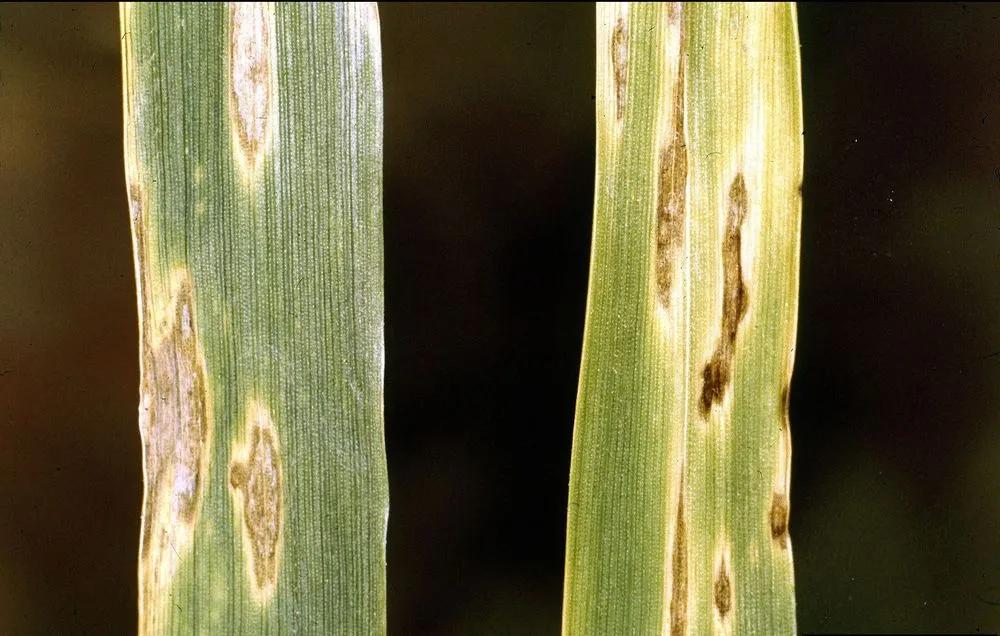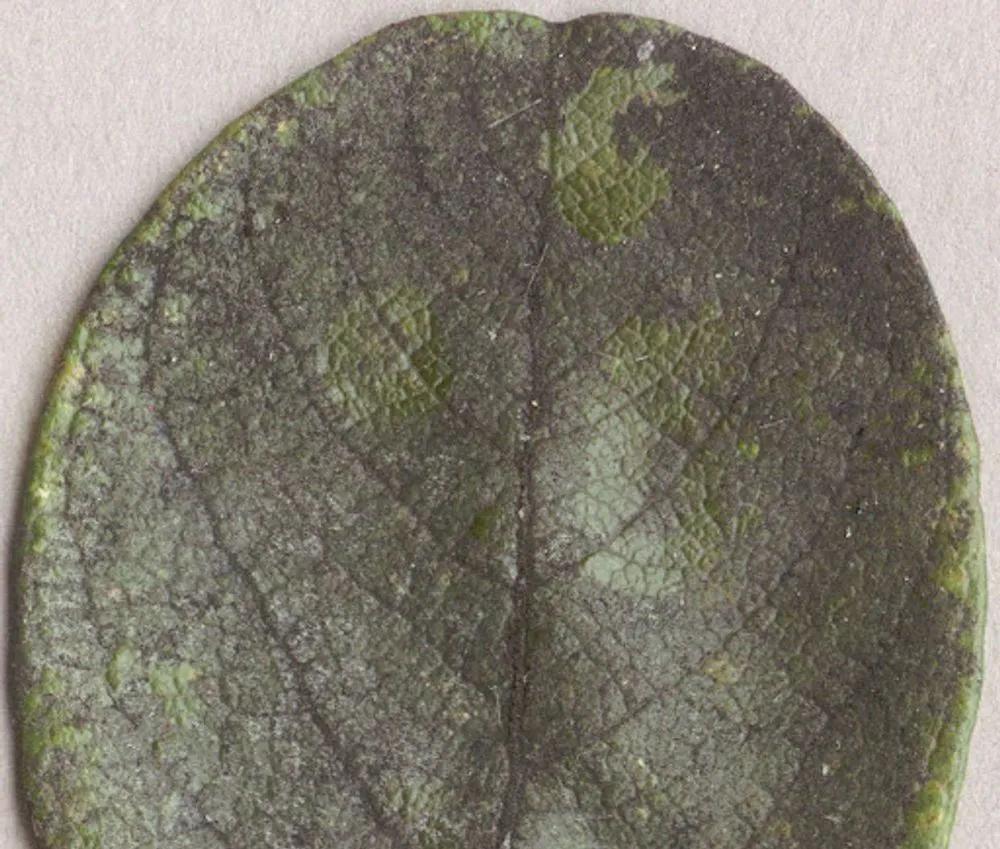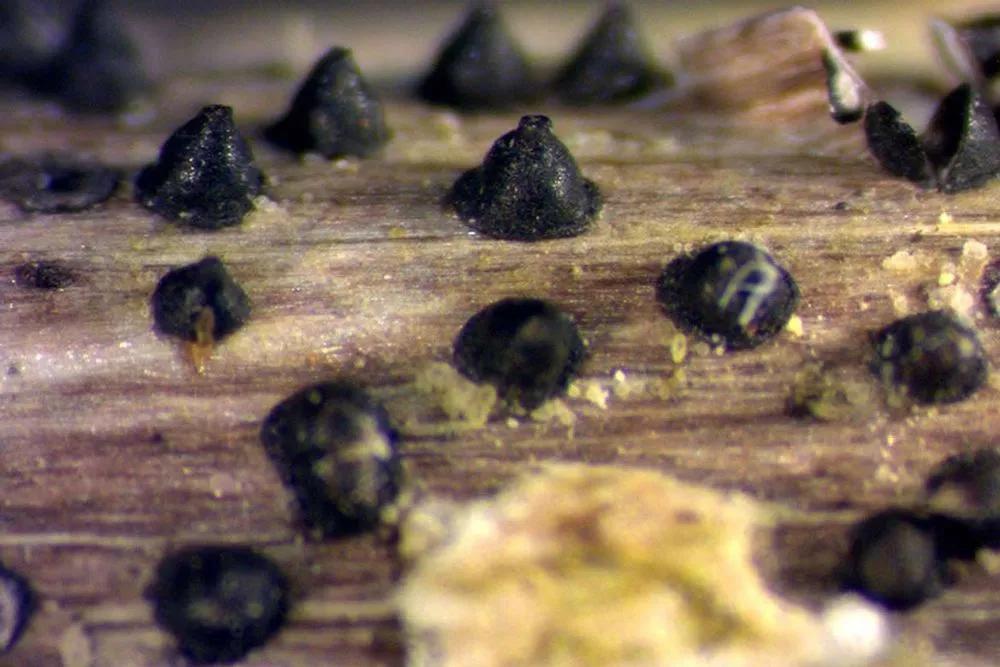Dothideomycetes are a large class of fungi with over 19000 known species. Since they’re the largest class of the Ascomycota phylum, they, too, possess the defining feature of the whole fungi group, a microscopic sexual structure where immobile spores are formed. Dthideomycetes are considered some of the most known and important plant pathogens. Some are associated with root damage in plants, others with decaying leaves and woody debris. Besides plants, their symbiotic relations with algae form lichens ad are parasitic to other fungi and animals.
Dothideomycetes



Signs of damage
Every species would display slightly different symptoms. Some examples are:
- Small globular spots. These appear around damaged or wounded areas of the plant and will gradually spread, typically dark, black color, until the plant becomes covered in these structures.
- Rotting. As with most fungi-based infections, the decay evolves, and the affected area becomes rotten, especially fruits.
How to prevent
The first step is universal for every gardening practice, ensuring the specimen or seed you’re planting is healthy and disease-free. Weed control is also advised, as it maintains the area clean and safe.
Try to avoid excess water around the leaves to prevent favorable environments for the propagation of this fungi. Manage wounds and prevent them, as Dothideomycetes and other fungi tend to enter the plant through wounds.
Heal
Healing should be done considering which specie and damage have been inflicted on your plants. Still, it is always advised to cut and discard damaged areas to eliminate and stop propagation.
Fungicides are usually an effective way to kill or at least mitigate the disease. Most fungicides have the same base chemical substance, strobilurin compounds, known for being extremely effective and killing many fungi that decimate crops.
A well-known homemade solution is mixing a teaspoon of baking soda with a few drops of liquid soap into a quart of water and spraying the leaves, although overdoing this can cause other types of damage to your plants.
Go Premium to continue reading
Also you’ll get unlimited access to disease identification and all the other beneficial features
More problems
